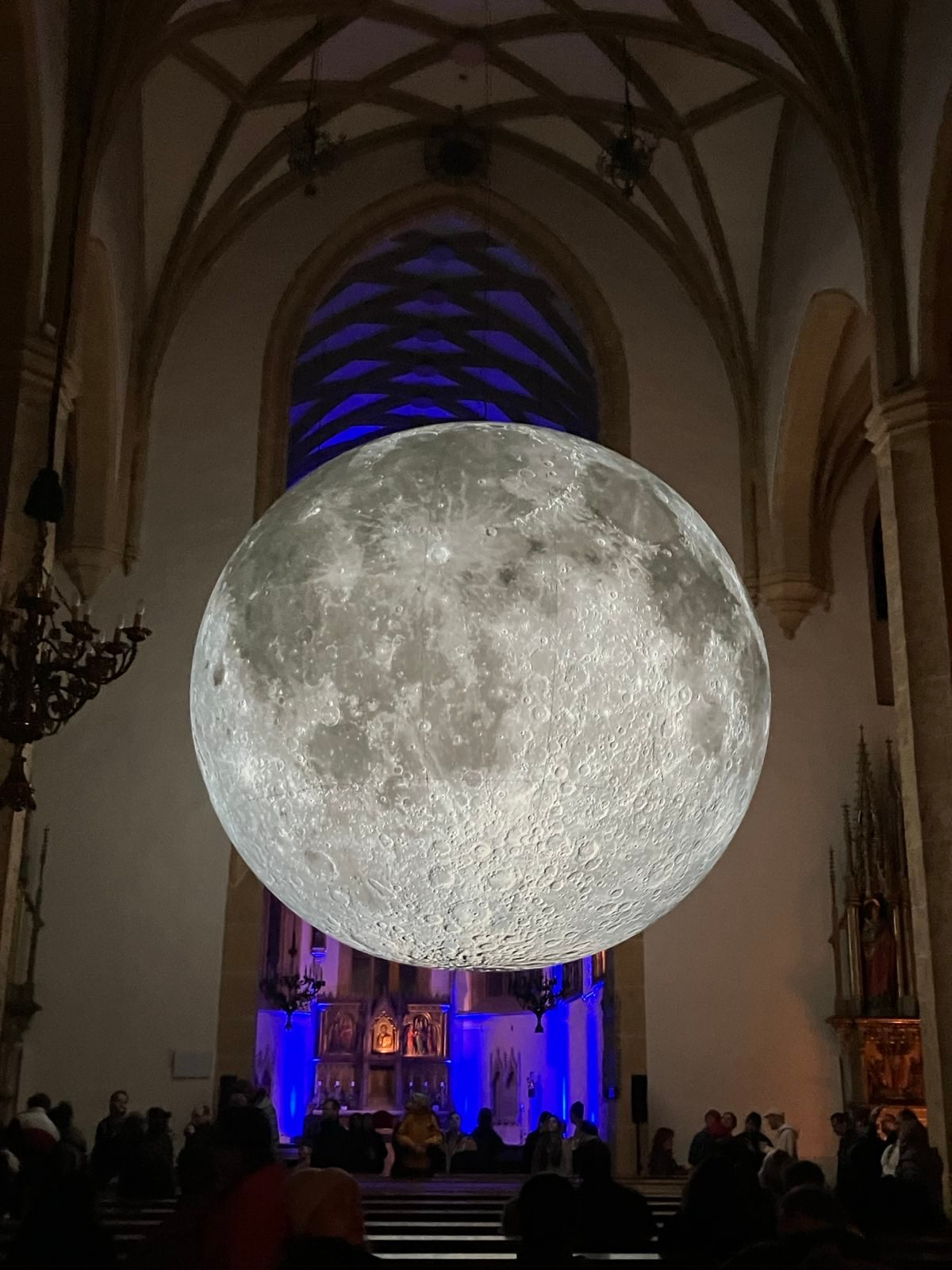| a mysterious process of transformation is initiated. |
This process can sometimes be overwhelming and give rise to more dreams. Naturally one longs for something to hold onto along the way.
It is especially through dreams that the Ego, as the center of consciousness, comes into contact with the Self, which expresses itself, e.g., through symbols from the unconscious. Are rivals meeting here? Over the course of our lives, the Ego grows and we identify with it more and more. In order to keep our health in balance, however, we must sacrifice a piece of the Ego. To the Self? What does that mean?
Jung recognized a human instinct for religious experience, and modern neurophysiology confirms his observation. With this insight, the simplest description of the Self is the God-image in the whole person, including all of consciousness as well as all that is unconscious. The healthy step is to soften the previous authority of the Ego to make room for the vastly greater Self.
With cooperation there finally emerges
| a loving partnership between the initial rivals. |
In Memories, Dreams and Reflections, Jung writes of his epiphany about this partnership as he gazes out over the African landscape. He realized that consciousness and the unconscious need each other. He had experienced that the alchemical encounter of opposites actually creates more consciousness and in turn influences the unconscious.
This ever more enriching relationship between one's inner and outer worlds is nurtured through a yearslong devotion. The journey is challenging at first, and it may begin the first time one honors and records a dream.
